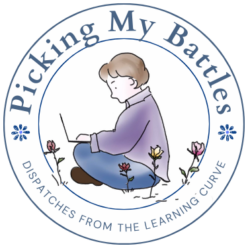I’ve been delivering Special Education services remotely since September. Some of my students are learning in school. Others are learning from home, but all of them are teaching the adults in their lives an inadvertent but valuable life lesson.
Even if you’ve only accidentally clicked one news link in the last eight months, it would be almost impossible not to hear some newscaster talking about the challenges of online education for students (and teachers) in rural areas.
The internet in our ‘town’ of about 300 has definitely improved since the early days when we practically needed to rig up a kite and key and hope a bolt of information-laden wireless signal would find its way into our laptops. Still, most days as I try to stay connected with my kiddos, I wonder if the powers that be are using gum and fishing-line to connect Vermont’s information super highway (it’s really more of an information dirt road in mudseason).
But, just like mudseason, there are two ways to deal with our inter-not. You can do what I do — silently grumble while keeping my best classroom Zoom smile plastered on until the next break in the action.
You can also do what the kids seem to do. You can accept that this is just a minor hurdle as you restart your Chromebook and log back into your class and catch up on the 2 or 3 minutes of the lesson you’ve missed.
All of my kids seem to be learning — and teaching – this lesson every day of school. They come into school unable to enjoy many of the communal activities — sitting together at lunch, talking face-to-face – that make elementary school memorable in a good way. The in-person learners wear masks most of the day, and the remote kids pine for their friends.
Some kids sit down at their computers and get right to work. Others may need a little redirection to focus on the task at hand, but, regardless of the degree of engagement, they don’t grumble or complain about all of the new hurdles this pandemic has thrown at them.
So, this morning, when Zoom and our rural internet booted me and two of my remote readers out of class, I didn’t utter an oath at the internet gods in the sky. I took a page from my students’ playbook, restarted the class, and cleared the next hurdle, knowing that each time we do, we only get stronger.
